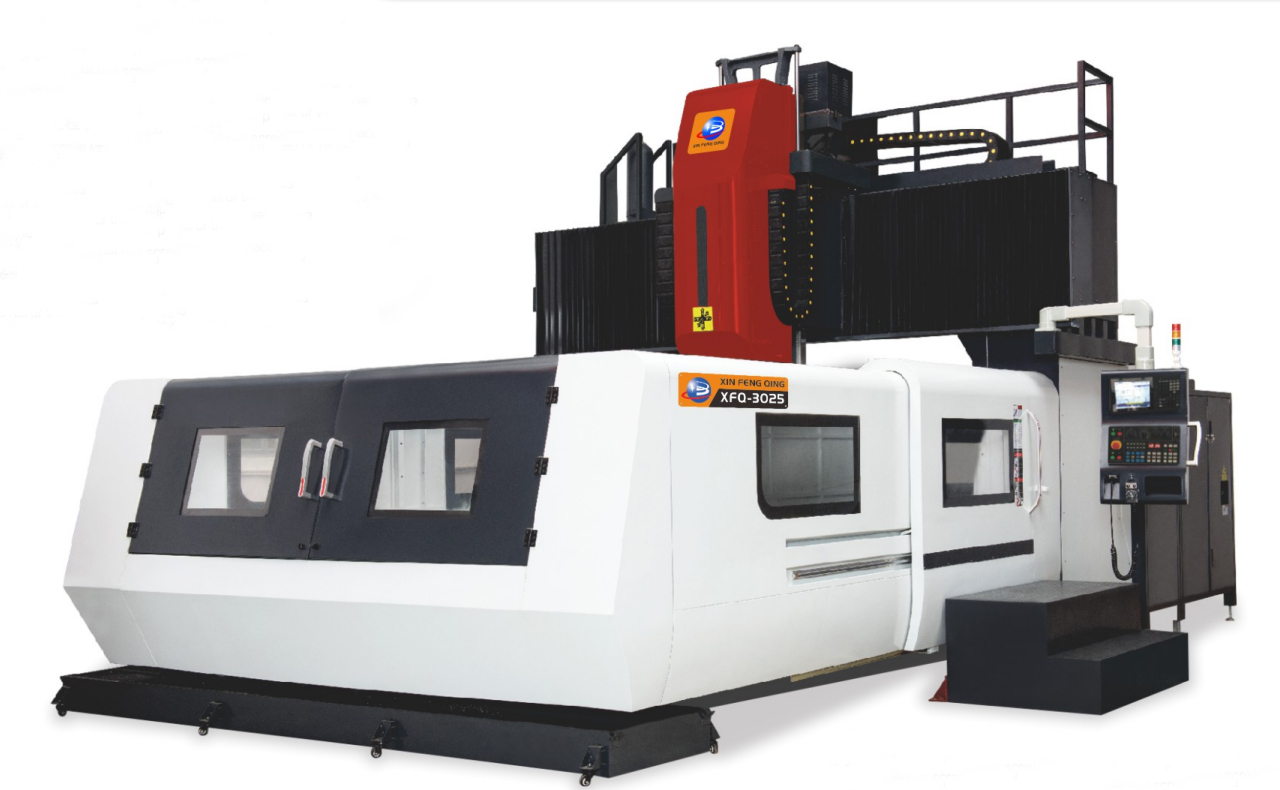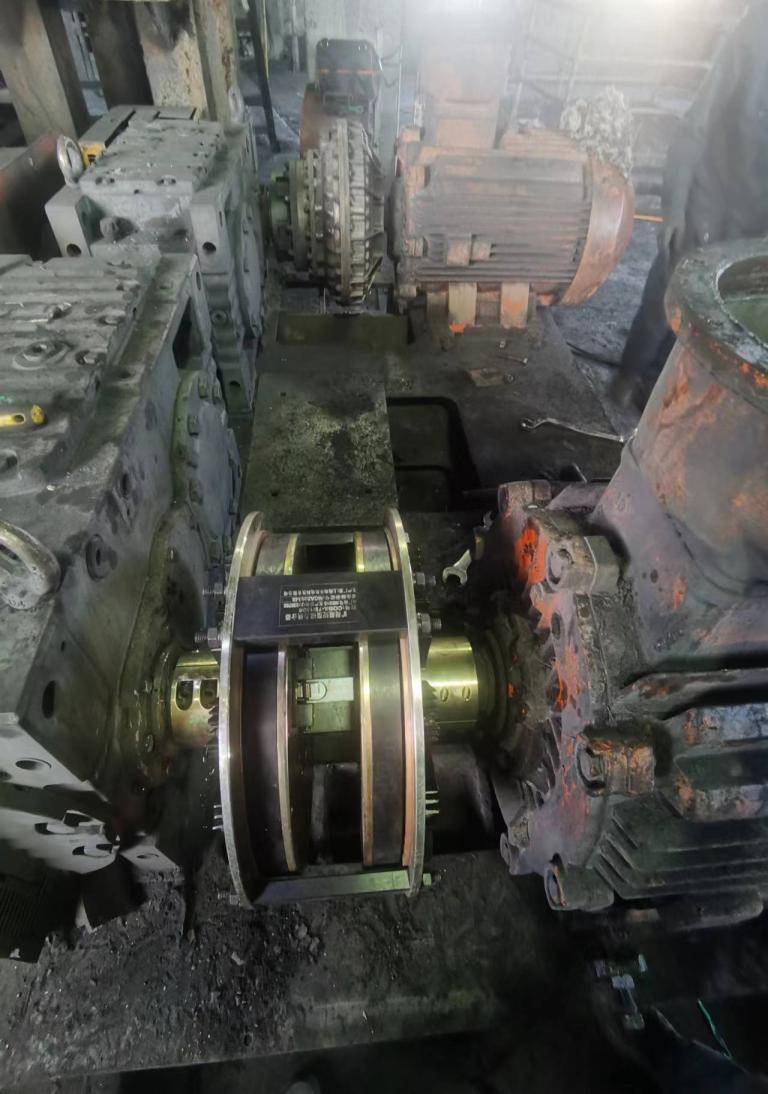Looking to create flawless pet preforms effortlessly? What if you could unlock the secret to perfecting your pet preform molds with ease? Dive into our comprehensive guide that unveils the tips and tricks to master the art of pet preform mold creation. Whether you're a seasoned professional or a novice in the field, this resource will equip you with the knowledge needed to elevate your molding projects. From design considerations to troubleshooting common issues, we've got you covered every step of the way. Say goodbye to guesswork and hello to precision with our expert insights on pet preform mold fabrication.
Key Takeaways
-
Proper design and maintenance of PET preform molds are crucial for efficient production.
-
Ensure the cooling channel setup is optimized to enhance the quality and consistency of preforms.
-
Address core issues promptly to prevent defects in the final products.
-
Utilize pin-valve and coil heating techniques effectively for precise molding results.
-
Implement self-locking techniques to enhance mold stability and reduce errors.
-
Regularly troubleshoot molding issues to maintain smooth production processes.
Role of PET Preform Molds
Consistent Production
PET preform molds play a pivotal role in ensuring consistent production of identical preforms that meet industry standards. This is essential for maintaining quality control and meeting the specifications required by manufacturers. The molds are designed to produce preforms with precise dimensions, weights, and features, ensuring uniformity across all products.
Efficient Handling
One of the key functions of PET preform molds is their ability to handle a wide range of preform sizes and shapes efficiently. This versatility allows manufacturers to produce different types of containers using the same mold, reducing the need for multiple tooling setups and saving time and resources. By adjusting the mold settings, manufacturers can easily switch between producing various preform designs according to market demands.
Seamless Production
PET preform molds are crucial for the seamless production of PET preforms, which are used in the manufacturing of bottles, jars, and containers for beverages, food products, personal care items, and more. These molds ensure that the preforms are produced with high precision and accuracy to meet the requirements of different industries. By maintaining tight tolerances and consistent performance, these molds contribute to the overall efficiency and reliability of the production process.
Designing PET Preform Molds
Wall Thickness
Maintaining wall thickness uniformity in PET preform molds is crucial for ensuring consistent quality in the final product. Variations in wall thickness can lead to defects like warping or uneven distribution of material, impacting the structural integrity of the preforms.
Gate Design
A proper gate design is essential to minimize waste and ensure smooth filling during the injection molding process. By strategically placing gates in the mold, manufacturers can achieve optimal flow patterns, reducing material loss and enhancing overall efficiency.
Cooling System
Implementing an efficient cooling system is key to regulating the cooling process and achieving uniform temperature distribution throughout the mold. This helps prevent issues such as premature solidification, shrinkage, or warping, resulting in high-quality PET preforms.
Cooling Channel Setup
Efficient Cooling
Optimizing cooling channels in a pet preform mold is crucial for efficient heat dissipation. By enhancing the cooling system, manufacturers can significantly reduce the cycle time of the molding process.
Properly designed cooling channels help maintain an optimal temperature state throughout the mold, ensuring consistent part quality.
Preventing Warpage
Uniform cooling plays a vital role in preventing warpage and defects in the final pet preform products. When cooling is uneven, it can lead to internal stresses within the material, causing deformities.
To achieve uniform cooling, strategic placement of cooling channels and controlling the flow of coolant are essential steps in the mold design process.
Consistent Cycle Time
A well-thought-out cooling channel setup is essential for maintaining a consistent cycle time during production. By regulating the temperature effectively across the mold surface, manufacturers can achieve faster cycle times without compromising product quality.
Properly set cooling channels enable quicker heat dissipation from the mold cavity, facilitating rapid solidification of the material and reducing overall production time.
Correcting Core Issues
Inspecting Components
Inspect core components regularly to identify any potential issues that may impact production efficiency. Look for signs of wear and tear, such as cracks or deformation, which can lead to defects in the final product. By addressing these core-related problems promptly, you can prevent costly downtime and maintain a smooth production process.
Preventive Maintenance
Implement preventive maintenance measures to ensure the longevity of your pet preform mold. Regularly lubricate core components to reduce friction and wear, extending the lifespan of the mold. Check for any misalignments or abnormalities in the core system that could affect the quality of the preforms produced.
Corrective Measures
When core issues arise, it is crucial to implement corrective measures promptly. Analyze the root cause of the problem and take necessary steps to rectify it. This may involve adjusting parameters in the cooling channel setup or replacing damaged core components. By addressing core issues proactively, you can minimize disruptions in production and maintain a high level of efficiency.
Xie Wencai
qinquanjingji@163.com






+ There are no comments
Add yours